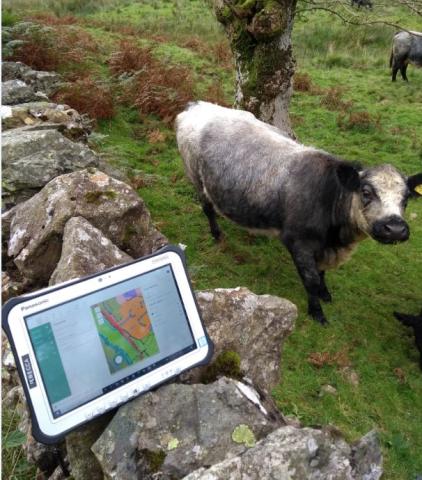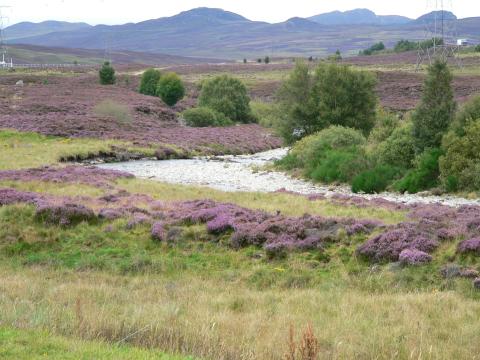The objectives of the habitat work are:
- To undertake detailed analysis on stock and change in the area and condition of Broad and Priority Habitats (eg. improved grassland, wet woodlands) as well as linear and point features (eg. hedges, streams, ponds, trees).
- To provide metrics that can be used in analyses, for example: habitat diversity, habitat heterogeneity, density of linear features, % land cover type, connectivity and spatial configuration of habitats, validation of remotely sensed data
- To assess and interpret changes in vegetation character across the UK.
- To explore patterns and drivers of change through integrated analysis with data from other Work Packages and external sources.



